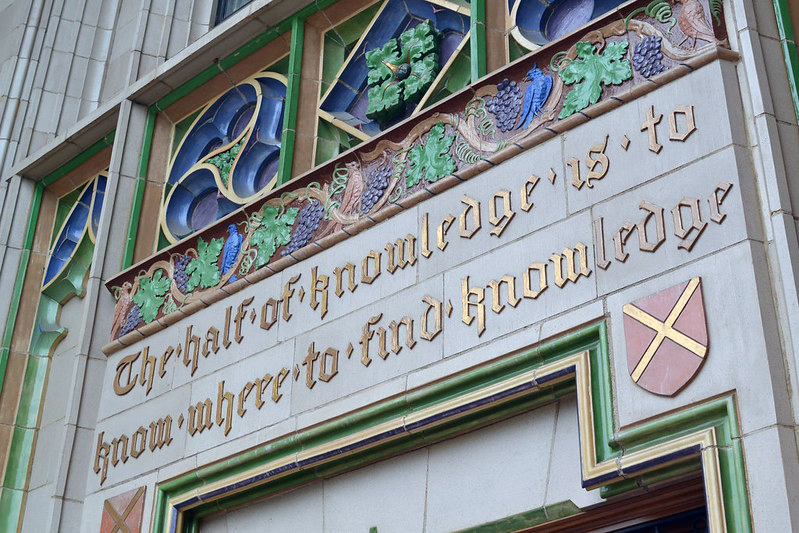
Tax-supported public colleges are the main reason we have so many college-educated adults today. In 1950, only 6 percent of adults over age 25 had four-year college degrees. Today, 36 percent do.
The overwhelming majority of these degrees were earned at public institutions. In 2018, nearly three times as many students were enrolled in public colleges or trade schools as in private post-secondary schools of any type. And it’s no surprise why: Public colleges are more affordable than private. Average tuition for state residents at state colleges is $9,410 a year. At private colleges, it’s $32,410.
Is a college degree worth the investment? Short answer: yes. The average college graduate earns nearly $1 million more in a lifetime than the average high school graduate—and those are only the financial rewards of education. There’s value in learning about the world around you. State colleges offer that as well, at far lower cost than private schools.
So, how did we get such a large network (more than 1,600) of affordable, accessible public colleges that add such value to people’s lives? They came through a collaboration of the states and the federal government.
First to get involved in higher education were the states, which began chartering public colleges in 1785. These were mostly liberal-arts colleges that trained people for the law, the clergy, medicine, or education.
Then, in the midst of the Civil War, the federal government passed the Morrill Acts, which created an opportunity for states to expand their colleges into technical fields. (The first Morrill Act was passed in 1862; a second Morrill Act was passed in 1890.) In these laws, Congress gave states huge tracts of federal lands that they could sell, but only if they used the proceeds to create colleges teaching agriculture, science, military training, or engineering—or extend existing colleges into these fields. (Where did this land come from? A congressman in the 19th century would say it came from the Louisiana Purchase or other national expansion acts. But in truth it came from the seizure of lands occupied by Native Americans.)
The results: You can find land-grant colleges in every state plus the District of Columbia, Puerto Rico and American territories. Often these have the name “State” attached to them, as in Michigan State University or Iowa State University. Sometimes the land-grant origins are even clearer, as with Texas Agricultural and Mechanical University (better known as Texas A&M). Bottom line: If you have attended a state college—one created as a liberal-arts college or one tracing its origins to the federal land grant— you can thank government for it.
More information:
https://en.wikipedia.org/wiki/State_university_system
https://en.wikipedia.org/wiki/Land-grant_university
Give the credit to: state governments 70%, federal government 30%
Photo by Artie White. Licensed under Creative Commons.
[…] would help. As we saw with public colleges and universities, the federal government played a major role in advancing higher education in the late 1800s with the Morrill Acts, which gave huge tracts of federal land to states willing […]